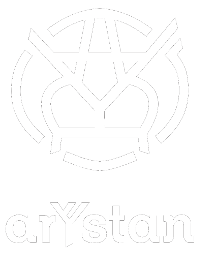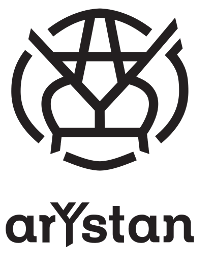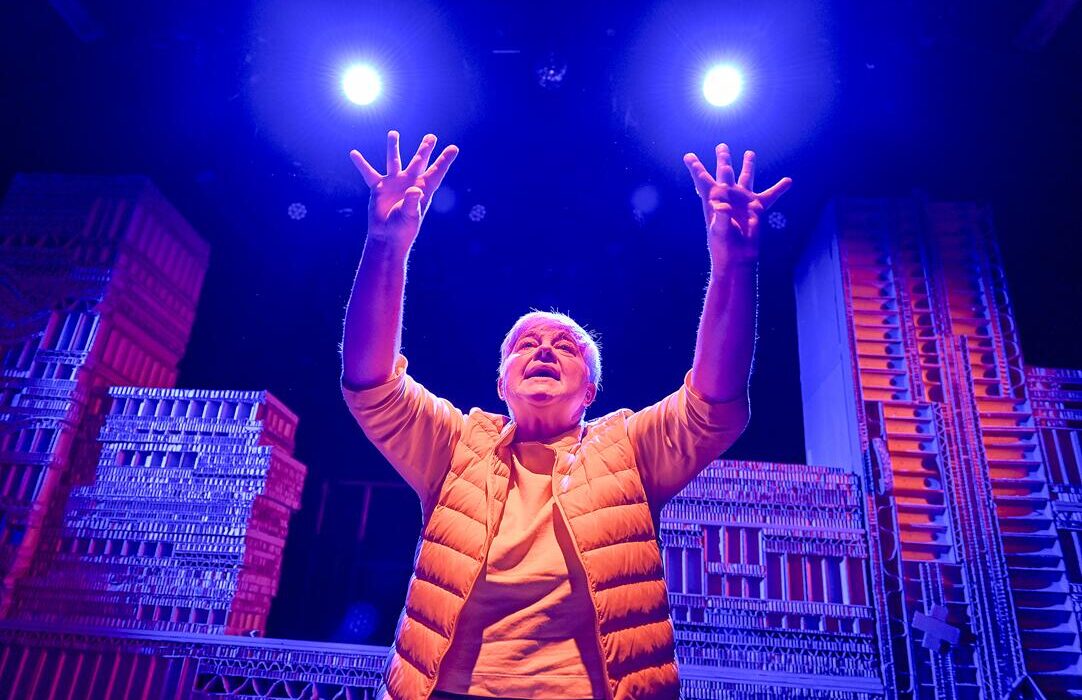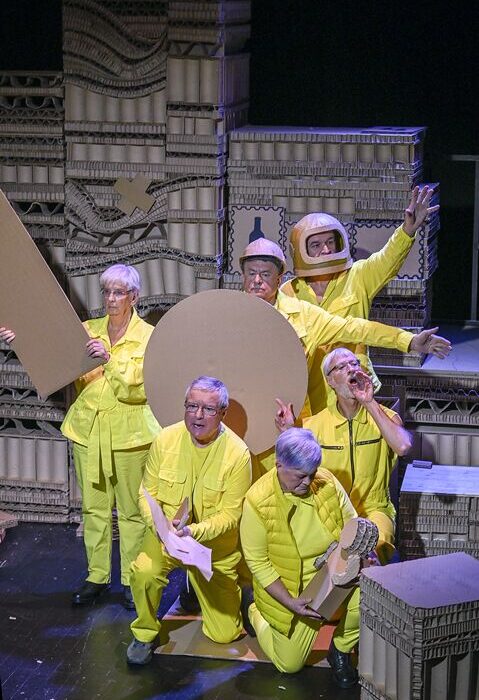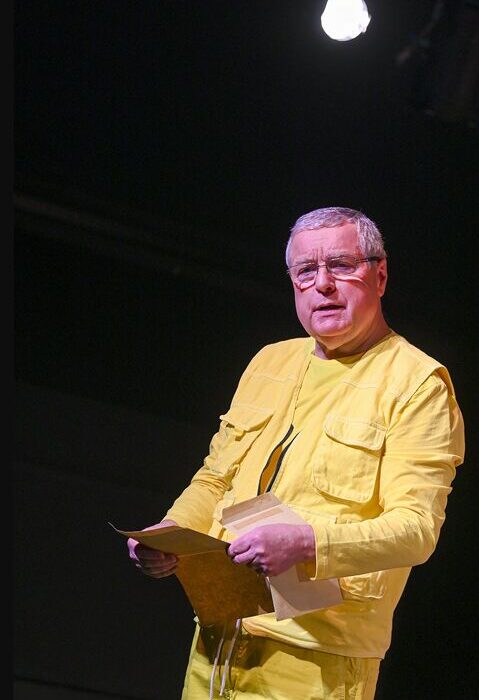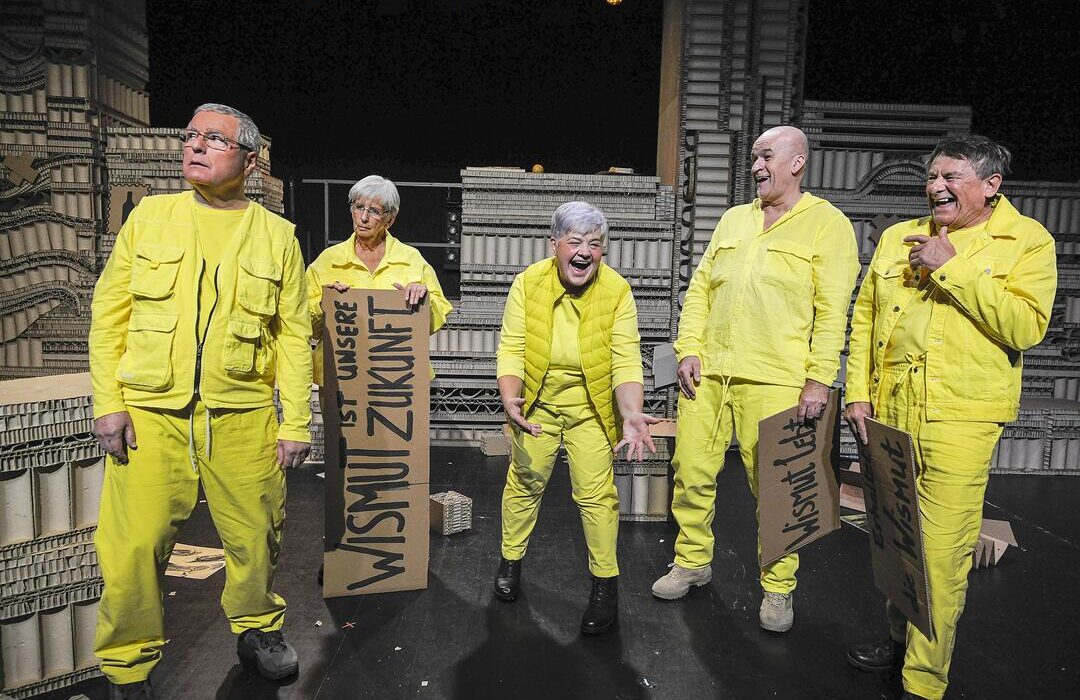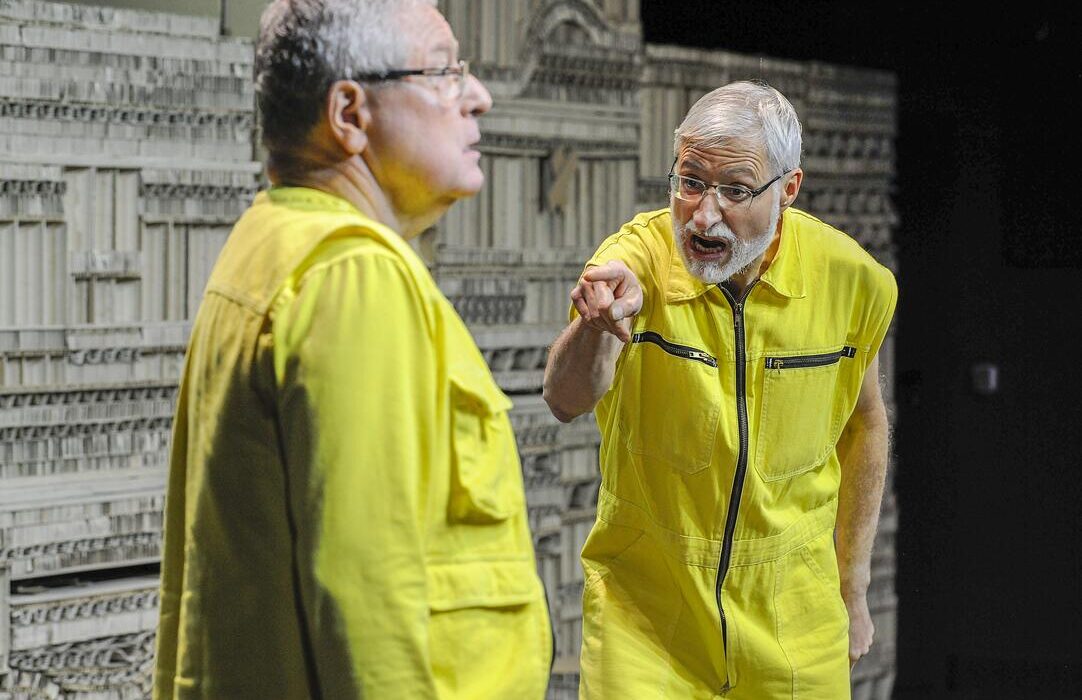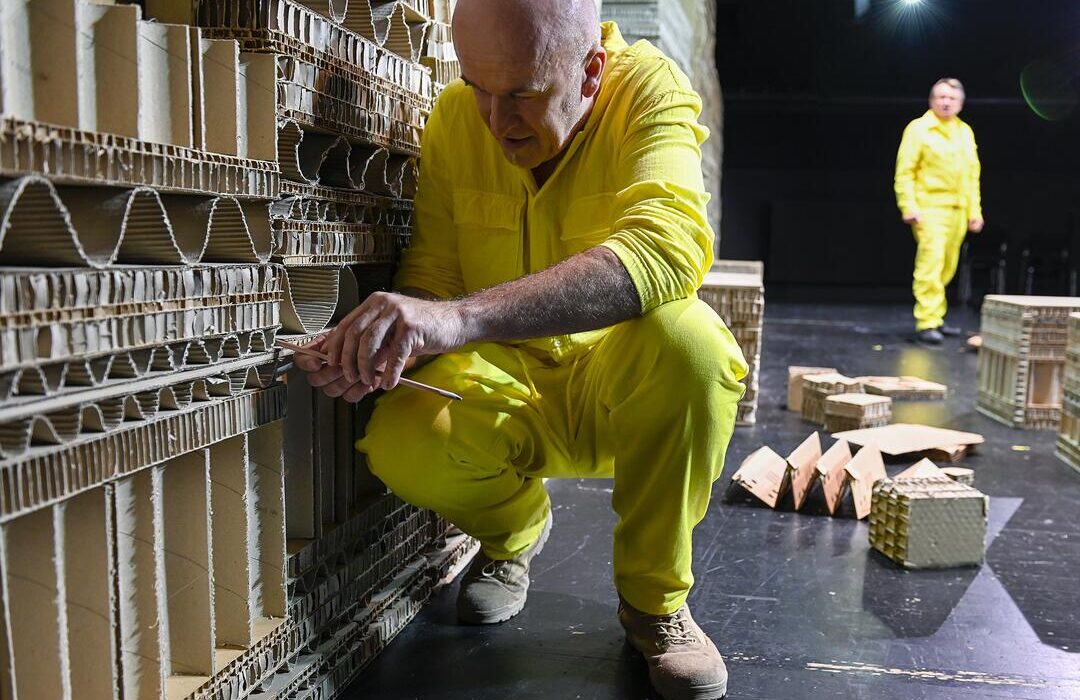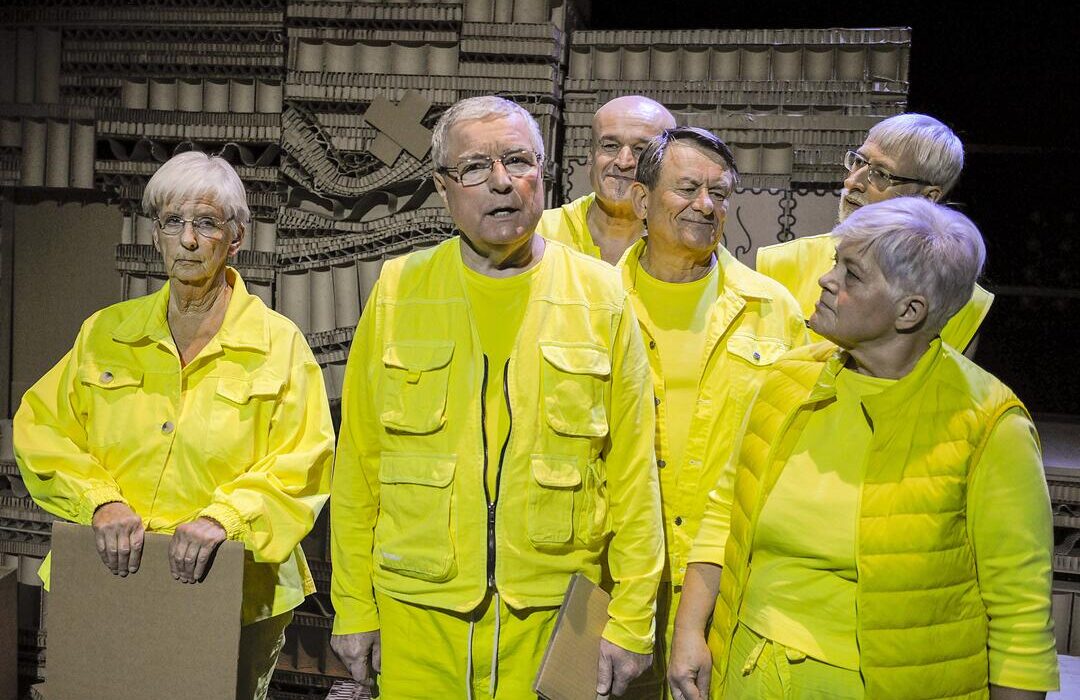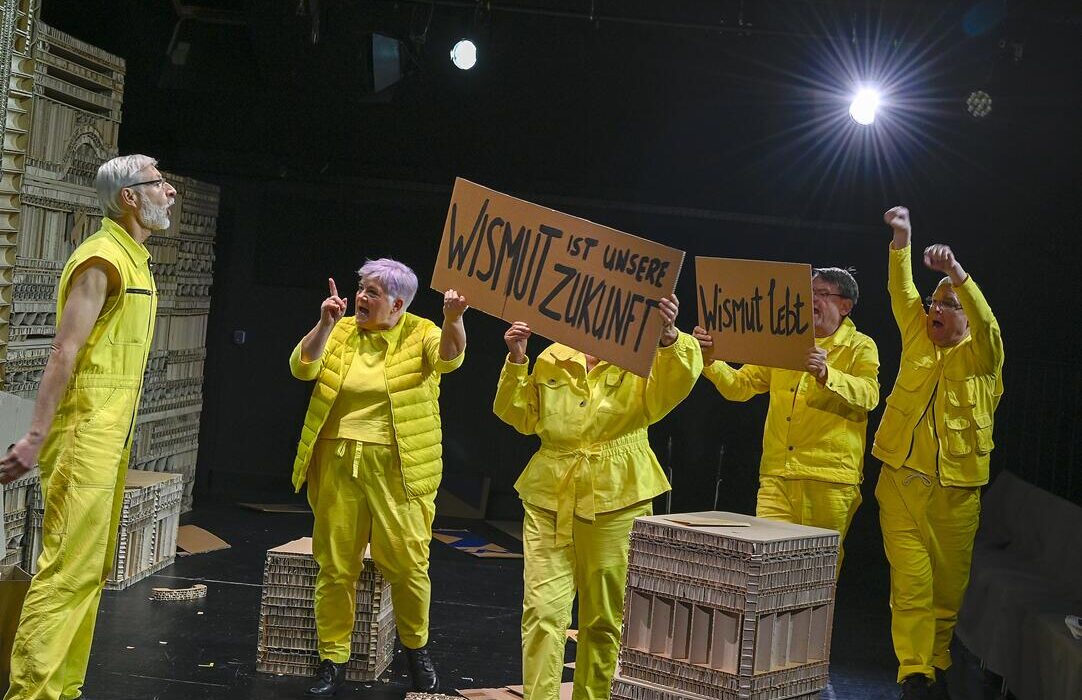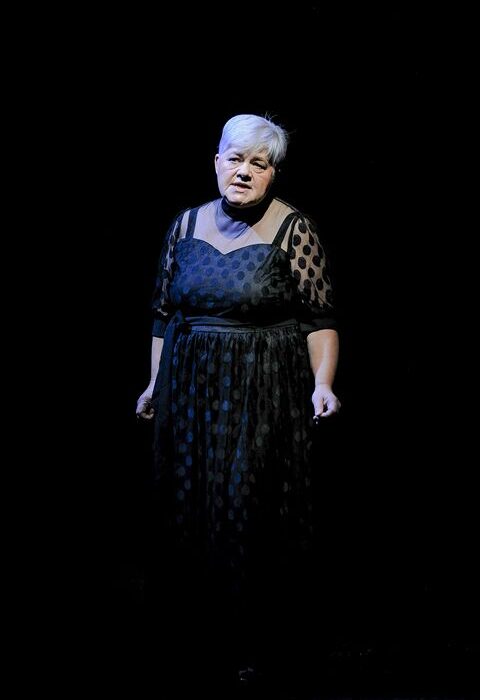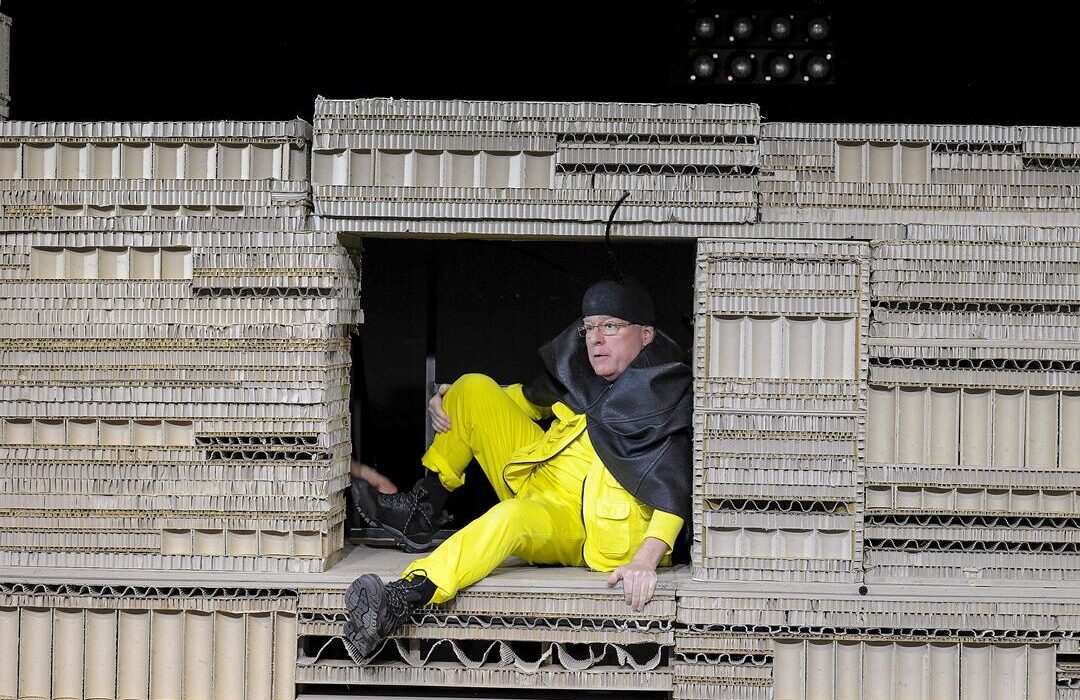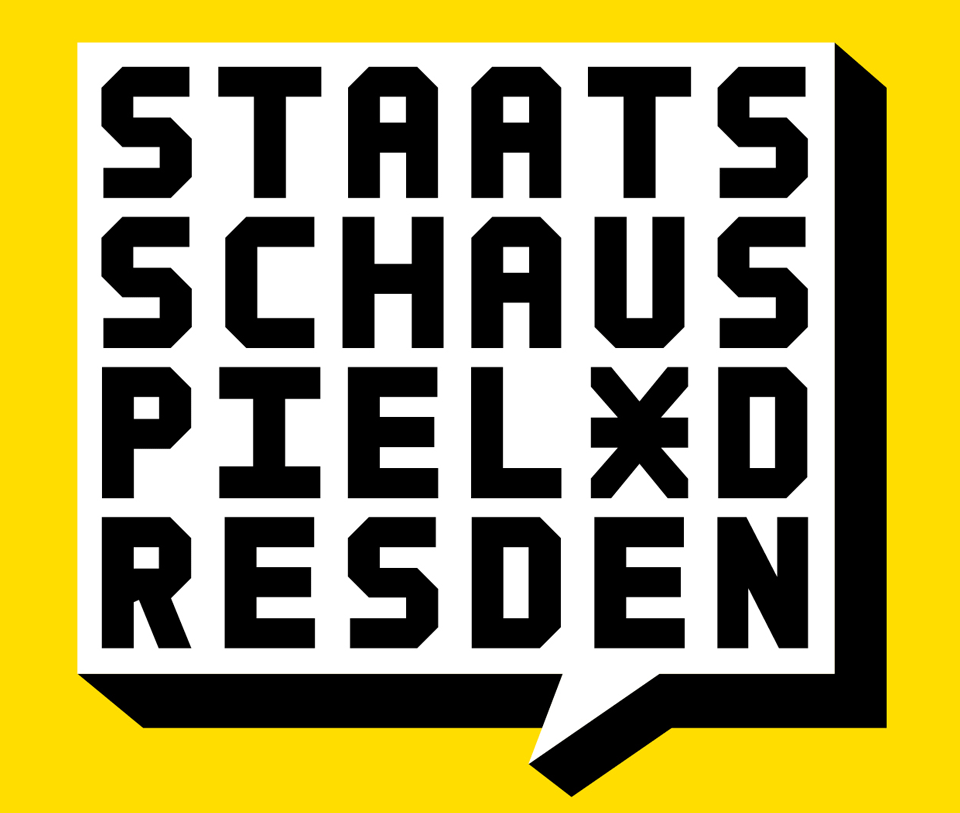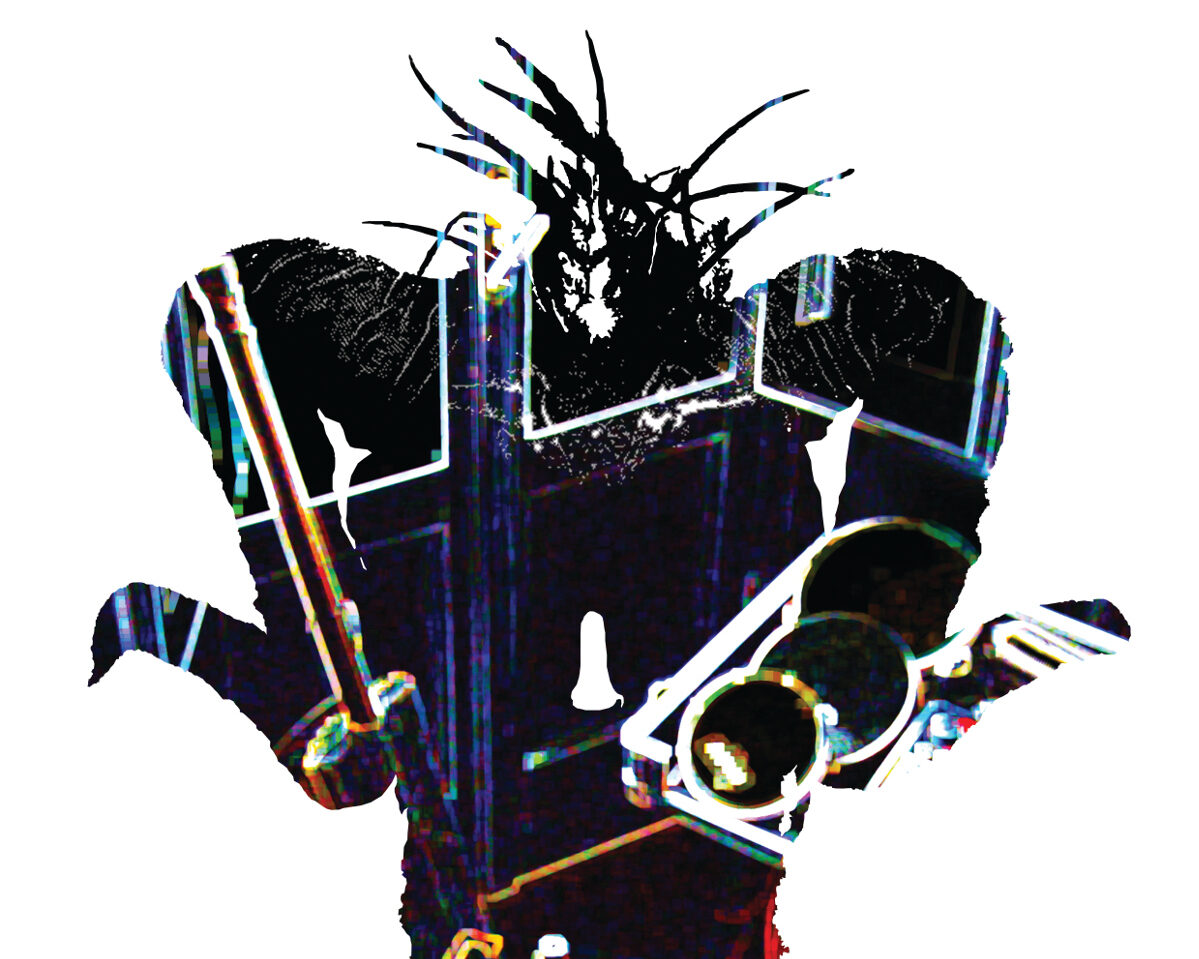
Tausend Sonnen
The ‚wild years‘ of Wismut, which had been founded by the Soviet occupying power in 1947, were followed by the Soviet-German Joint Stock Company, a „state within a state“ that provided work for up to 130,000 people, paid above average wages and provided medical, social and cultural facilities. People were proud to be „Wismuters“, even though mountains and valleys were visibly turning into moonscapes and people were falling ill due to radioactive contamination. With the fall of the Berlin Wall, not only uranium mining but also the centuries-old mining tradition came to an end. While many miners shared the experiences of their East German colleagues whose operations were closed, a new era began for Wismut: the phase of rehabilitation, which has not been fully completed to this day.
TAUSEND SONNEN brings former miners, employees* and residents* of the world’s largest uranium mining company on stage to talk about their personal experiences with Wismut.
Duration of the performance: approx. 1 hour and 45 minutes.
No intermission.
# # # # # # # # # # # # # #
Alexander Borck, Christa Härtel, Heinz Richter, Sven Sczibilanski, Kai-Uwe Ulrich, Silvia Weißbach
Photos by Sebastian Hoppe
- Titelthema - Zerveye Yürüyüs Arystan Petzold 2:01
- Szene 0 - Prolog_Erzgebirge Arystan Petzold 4:04
- Szene 3 - Ankunft 7:51
- Szene 5 - Gera Jachymov 4:47
- Szene 7 - Mauerschau Arystan Petzold 4:28
- Szene 9 - Brigadefeier Arystan Petzold 4:43
- Szene 12 -Seilfahrt Arystan Petzold 12:03
- Szene 14 - Svens Auftritt Arystan Petzold 1:32
- Szene 16 - Sanierung 10:24
- Szene 17 - Steigermarsch 0:21
I fully accompanied the rehearsal process of the production and gradually produced the music for each scene in my studio.The actors come from different parts of Saxony and only a few had previous stage experience. The development process and the finding of musical motifs is particularly exciting because the actors are also the ones who create the play through their personal stories. We as the production team try, each in our own artistic way, to give the material a theatrical form. In various scenes, I processed and changed the main motif of the Steigermarsch, which is a kind of hymn of mining, in different musical situations, as in the main theme.

